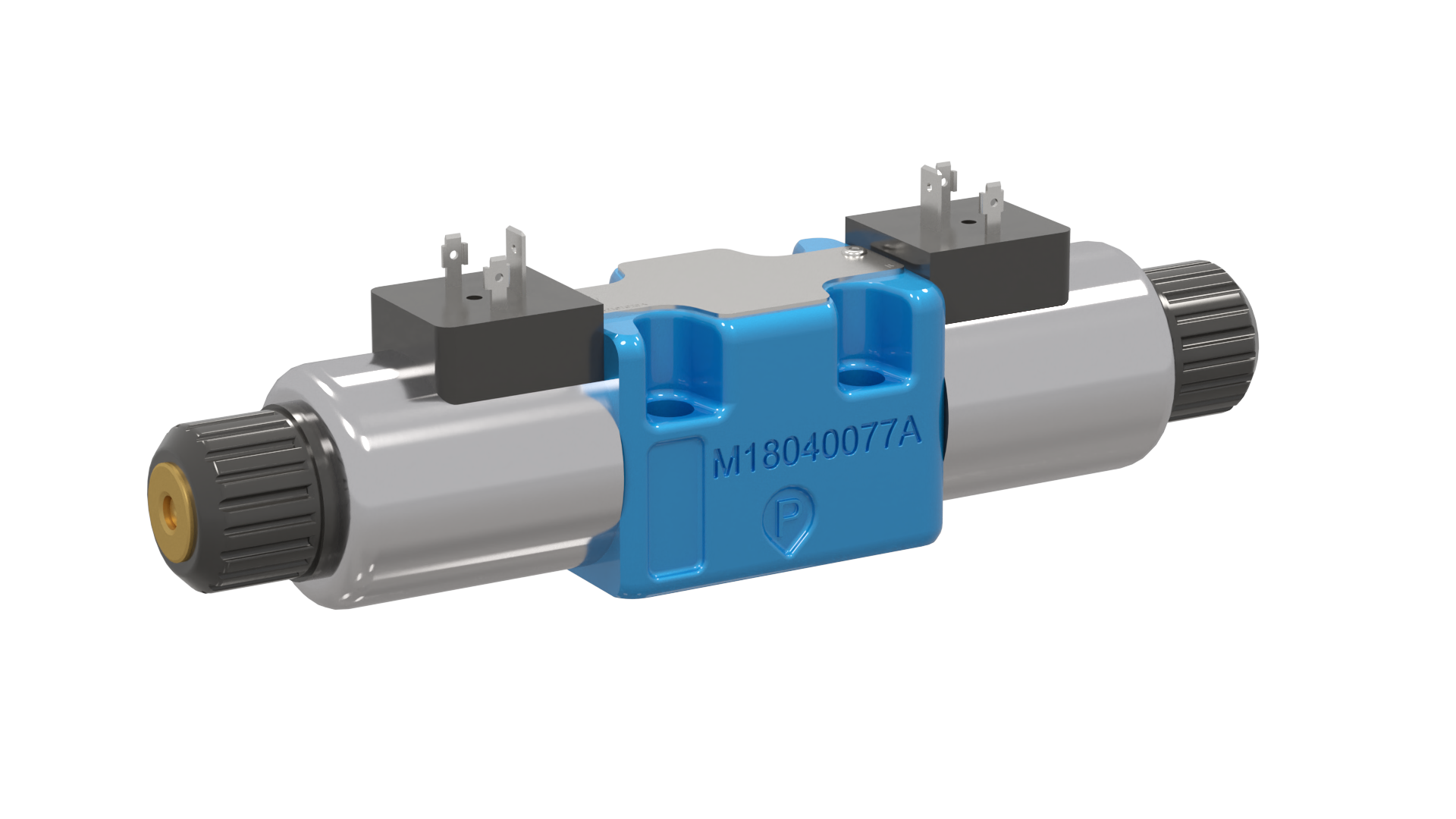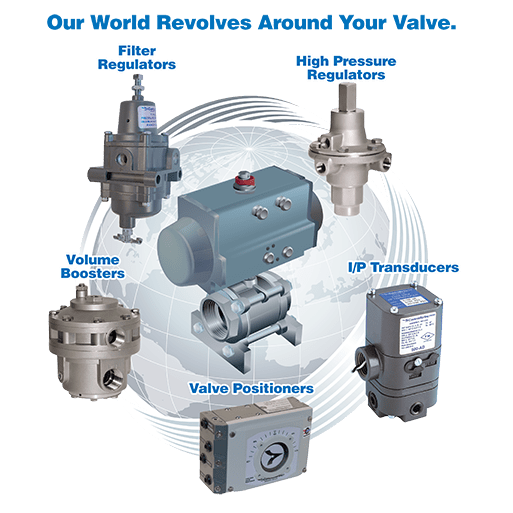Enhancing Functional Effectiveness with Advanced Control Valves
Enhancing Functional Effectiveness with Advanced Control Valves
Blog Article

Maximize Power Savings and Comfort With Advanced Structure Automation Controls
In the world of modern-day architecture and facility management, the integration of sophisticated building automation controls stands as a critical innovation. The merging of modern technology and sustainability has actually birthed a brand-new era where energy effectiveness, comfort optimization, and operational streamlining are no longer possible facts but distant goals. By using the power of automation, buildings can adapt, respond, and develop in manner ins which were once inconceivable. The capacity for significant power financial savings and enhanced convenience is not just an opportunity but an assurance waiting to be met. This standard change in structure management holds the vital to unlocking a globe where ecological conscientiousness and occupant health sympathetically exist together within the walls of our frameworks.
Power Performance Advantages
Power efficiency benefits can dramatically reduce energy usage and functional prices in structures. Energy-efficient systems, such as sophisticated building automation controls, can enhance the use of resources like home heating, lights, and cooling, leading to reduced energy costs over time.
Additionally, boosted power performance can extend the life expectancy of structure tools and systems. By running more successfully, a/c systems, light, and various other building elements experience less deterioration, causing lowered maintenance and replacement expenses. In addition, energy-efficient structures usually regulate higher residential property worths and rental rates, offering long-term economic benefits to owners.
In addition, energy performance can improve occupant comfort and productivity. Effectively regulated indoor settings with ideal lights and thermal conditions develop an even more favorable and enjoyable workspace, leading to boosted worker complete satisfaction and performance. Generally, the energy efficiency advantages related to advanced structure automation controls are multifaceted, encompassing cost financial savings, environmental stewardship, and owner well-being.
Improved Comfort Control
Enhancing convenience control in building environments requires an advanced assimilation of innovative automation systems for optimal resident health. By utilizing sophisticated structure automation controls, facilities can tailor the interior setting to meet the particular demands and preferences of residents. These systems make it possible for specific regulation of temperature, lighting, and ventilation, creating a comfy and productive environment. Occupant contentment and productivity are very closely linked to thermal comfort, making it necessary to have systems in location that can adapt to changing problems in real-time.
By integrating these advanced controls, buildings can not only improve comfort however also improve energy efficiency by enhancing system procedures based on actual tenancy and use patterns. Eventually, prioritizing owner comfort via innovative automation systems leads to an extra pleasurable and healthier interior setting.
Functional Efficiency Improvements

Furthermore, the implementation of real-time monitoring and analytics tools enables building operators to recognize power inefficiencies and functional abnormalities immediately. By continually keeping track of energy usage patterns and system efficiency metrics, adjustments can be made in real-time to optimize energy intake and make certain peak functional performance. control valves. Additionally, incorporating demand feedback techniques right into structure automation controls can further boost operational effectiveness by dynamically readjusting power usage based on grid conditions and prices signals
Indoor Environment Optimization
Reliable interior environment optimization is a fundamental element of structure automation controls, ensuring passengers' convenience and health while site making best use of energy financial savings. By utilizing advanced sensors and controls, developing automation systems can constantly monitor and adjust temperature, moisture degrees, air high quality, and ventilation to produce an optimal interior setting. Keeping constant and comfortable problems not just boosts passenger contentment but also boosts performance and total health.
Interior environment optimization also plays a vital duty in energy efficiency. By fine-tuning cooling, home heating, and ventilation systems based on real-time data and tenancy patterns, constructing automation controls can significantly lower power usage - control valves. As an example, carrying out methods such as demand-controlled air flow and thermal zoning can assist reduce energy waste while guaranteeing that each location of the building obtains the needed conditioning.

Sustainable Environment Production
Structure automation manages not only optimize interior environment problems for power effectiveness and passenger comfort but additionally lay the foundation for creating a sustainable setting with tactical management of sources and systems. By integrating advanced structure automation modern technologies, such as sensors, actuators, and intelligent software, centers can readjust and keep an eye on energy usage in best site real-time to decrease waste and minimize their carbon footprint. These systems make it possible for predictive maintenance, recognizing prospective problems before they escalate and optimizing tools efficiency to boost durability and efficiency.
Moreover, lasting setting development extends beyond power management to encompass water conservation, waste decrease, and indoor air top quality improvement. Structure automation controls can regulate water use, discover leakages, and guarantee correct waste disposal techniques, contributing to overall sustainability initiatives. Furthermore, by regulating and monitoring air flow and filtration systems, these modern technologies improve occupant health and wellness and productivity while lowering energy consumption connected with HVAC procedures.
Verdict
To conclude, advanced structure automation regulates offer considerable advantages in regards to power savings, comfort control, functional performance, indoor climate optimization, and developing a sustainable environment. By carrying out these controls, buildings can attain optimal performance while reducing power consumption and boosting resident convenience. It appears that the usage of innovative automation innovation is critical in enhancing structure efficiency and producing an extra lasting future.
Power performance advantages can significantly decrease power intake and functional prices in structures. Overall, the energy efficiency benefits connected with advanced building automation controls are diverse, including expense financial savings, ecological stewardship, and passenger health.
Furthermore, Going Here integrating demand action approaches right into structure automation controls can even more enhance operational efficiency by dynamically readjusting power usage based on grid conditions and prices signals.
Building automation regulates not only optimize interior climate problems for energy performance and passenger comfort yet likewise lay the foundation for producing a sustainable setting with strategic monitoring of systems and resources.In verdict, advanced structure automation manages offer substantial benefits in terms of power cost savings, comfort control, operational efficiency, interior environment optimization, and producing a sustainable environment.
Report this page